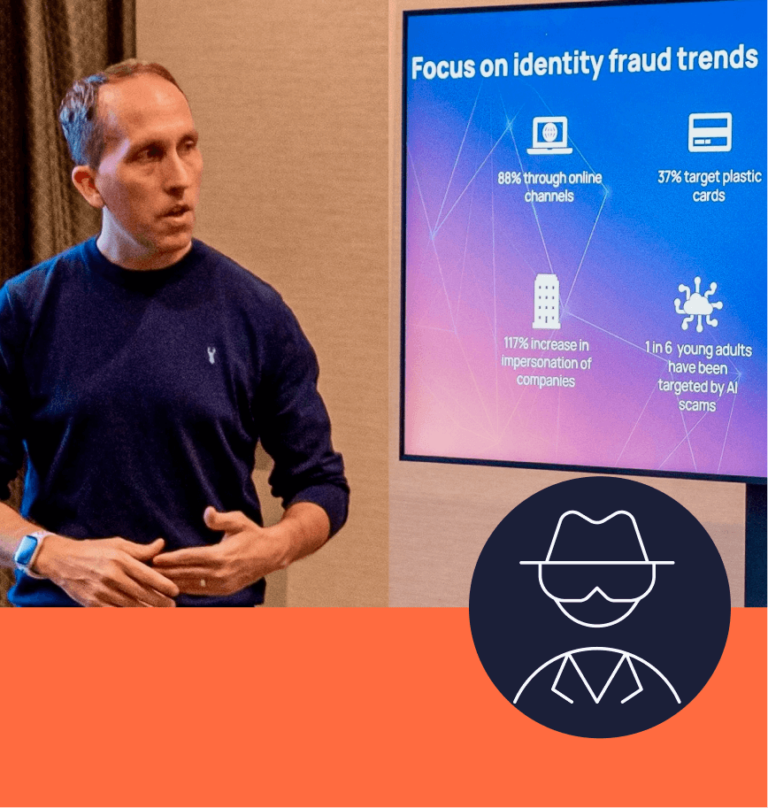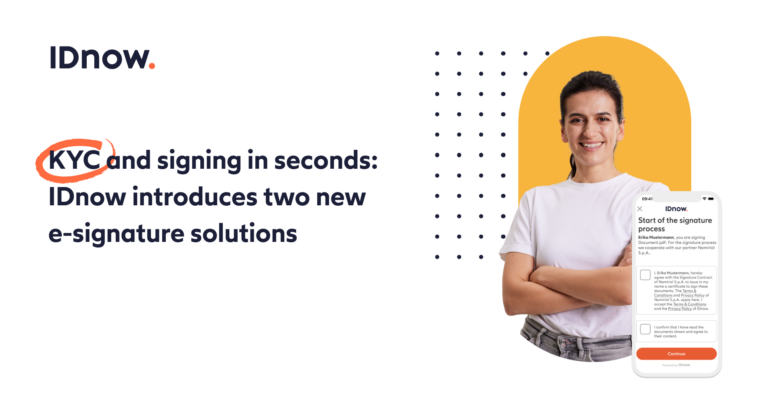Although many may assume it is only banks and financial institutions that are required to conduct Customer Due Diligence (CDD), any business that carries out transactions, and are required to adhere to Anti-Money Laundering Regulations, should be making sufficient checks to verify that their customers are who they say they are. As such, as well as banks and financial instuitions, accountancy service providers, estate agencies, art market participants and letting agency businesses, among others, are also required to carry out customer due diligence.
What is CDD?
CDD refers to the series of checks that companies undertake to establish and verify the identity of a potential customer. Once CDD is carried out, the customer may be assigned a risk score related to the risk that he presents to the company.
Simplifying CDD
The more you know about your potential customer before you begin a working relationship, the better. Organizations can save precious time and money by having the correct procedures in place from the outset, including:
- Basic due diligence – Conduct simple investigations to verify a customer's identity and learn their financial sources and business activities.
- Selecting third parties – Whether auditor or lawyer, it is prudent to work with only trusted and known third parties.
- Comprehensive data and document collection – Ensure all documents are collected and analyzed. For individuals, this means documents showing the potential customer's legal history and financial legitimacy. For companies, CDD should also incorporate investigations into major stakeholders.
- Enact Enhanced Due Diligence ASAP – Upon completion of CDD, if a potential customer's risk profile is high, then conduct EDD as soon as possible.
- Storing sensitive information – All information pertaining to the above steps should be safely and securely stored.
Customer Due Diligence Documents
The CDD process involves collecting and assessing specific information to verify a potential customer's identity. Although this may vary according to different regions, documents that contain the following information are generally required:
- Full Name
- Address
- Phone Number
- Occupation
- Tax Identification Number
- Photo Identification
What is CDD in KYC process?
CDD and KYC are often used interchangeably. However, KYC procedures include CDD and EDD. CDD is about establishing a customer’s risk level and to what extent they can be trusted. Higher-risk customers require enhanced checks under EDD.
Why is CDD so important?
Conducting CDD is a legal requirement and instrumental in the fight against money laundering and the financing of terrorism. It is also a corporate responsibility to protect the company and customers.
CDD Checklist
According to the Financial Action Task Force, financial institutions must follow the checklist below to conduct their customer due diligence:
- Check identity before undertaking business – Take full responsibility for who they deal with.
- Keeping records – Retain a record of transactions for at least five years.
- Identifying PEPs – Know if their customer is a Politically Exposed Person, what their source of funds is, and, if need be, conduct enhanced monitoring of the relationship.
- Correspondent banking – Assess other institutions' AML, CFT controls, especially if the customer's bank is unfamiliar.
- New technologies – As part of their risk management practices, financial institutions are responsible for keeping up to date with the latest trends and technologies that are being used to commit fraud for them to take measures to prevent it.



